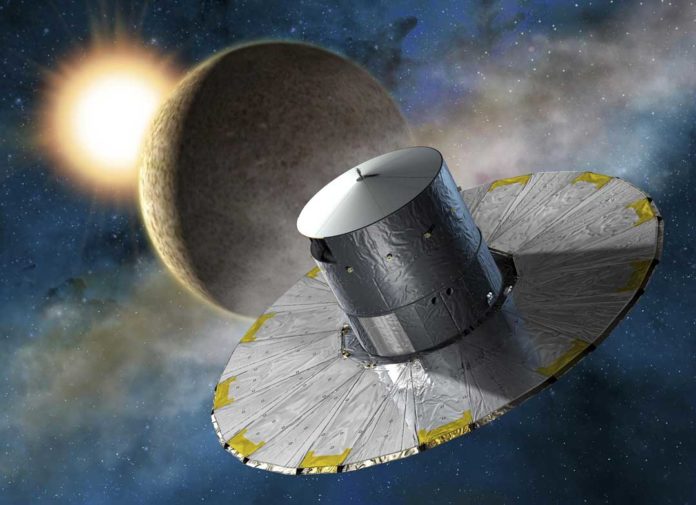How old are each of the stars in our roughly 13-billion-year-old galaxy?
Current star-dating systems, in light of evaluations of stars in the prime or primary succession of their lives that have started to pass on in the wake of debilitating their hydrogen, offer a 20-percent, or, best case scenario a 10-percent margin of error.
Embry-Riddle scientists have developed a technique for the understanding the star-forming history of the Milky Way in unprecedented detail makes it possible to determine the ages of stars at least two times more precisely than conventional methods. This approach leveraging burnt-out remnants called white dwarf stars reduces the margin of error to 5 percent or even 3 percent.
For this method to work, scientists measured the star’s surface temperature, whether it has a hydrogen or helium atmosphere, and its mass. They determined surface temperature from a star’s color and atmospheric constituents.
Embry-Riddle Physics and Astronomy Professor Dr. Ted von Hippel said, “The star’s mass matters because objects with greater mass have more energy and take longer to cool. This is why a cup of coffee stays hot longer than a teaspoon of coffee. Surface temperature, like spent coals in a campfire that’s gone out, offers clues to how long ago the fire died. Finally, knowing whether there is hydrogen or helium at the surface is important because helium radiates heat away from the star more readily than hydrogen.”
The method takes advantage of data captured by the European Space Agency’s Milky Way. Von Hippel, with recent Embry-Riddle graduate Adam Moss, current students Isabelle Kloc, Jimmy Sargent, and Natalie Moticksa, and instructor Elliot Robinson, used highly precise Gaia measurements of the distance of stars.
Similarly, as a vehicle’s speedometer may seem to give two unique readings from the driver’s viewpoint versus the traveler’s seat, celestial objects can have all the earmarks of being in various areas, contingent on the viewer’s vantage point. The Gaia measurements, in light of the geometry of two unique lines of site or “parallaxes” to objects, helped Embry-Riddle specialists decide the radius of stars dependent on their brightness.
They could then utilize existing data on the star’s mass-to-radius proportion – a figuring driven by the physical conduct of electrons – to fill in the last element for deciding the age of the star, its mass.
At last, by searching for the abundance of distinctive components inside the star, or its metallicity, specialists can additionally refine the age of the object, Moss, and Kloc detailed in two separate AAS poster introductions. Moss concentrated on sets of stars with one white dwarf and one primary succession star like our Sun, while Kloc’s examination saw two white dwarf stars in a similar binary system.
von Hippel said, “The next level of study will be to determine as many of the elements in the periodic table as possible for the main sequence star within these pairs. That would tell us more about Galactic chemical evolution, based on how different elements built up over time as stars formed in our galaxy, the Milky Way.”
In spite of the fact that the current work stays preliminary, the group ultimately expecting to distribute the ages of all white dwarf stars inside the Gaia dataset: “That could enable specialists to fundamentally propel our comprehension of star-arrangement inside the Milky Way.”
The work was presented during the 233rd Meeting of the American Astronomical Society, in Seattle, Wash.
